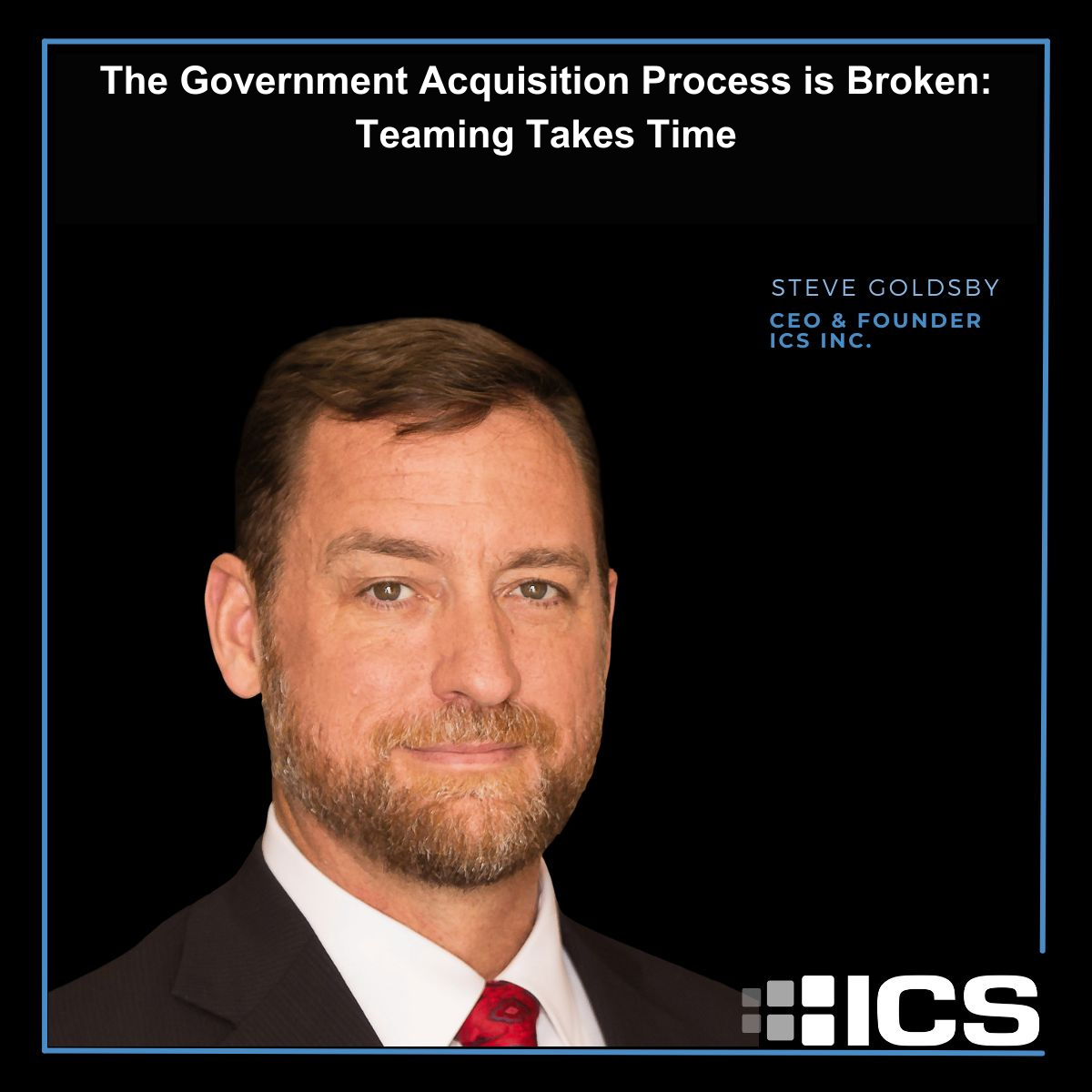Forming World Class Teams Benefits the Government!
** This post is part of our series on how we can improve government/industry engagement to deliver better mission outcomes. In case you missed it, see our initial post!
For a large, complex procurement, typical partner identification and team formation takes 9-12 months. Once the core project parameters are known, the prime contractor develops a list of potential subcontractors and specialty vendors to fill key roles like cybersecurity, infrastructure, and application development.
Each subcontractor goes through a thorough vetting process examining their technical capabilities, past performance, culture fit, and other factors. After narrowing down the list, the prime holds exploratory talks with top candidates, shares high-level requirements, and assesses their interest and ability to collaborate.
Once subcontractors are selected, teaming agreements covering work share, roles, and responsibilities, pricing models, staffing expectations, and more must be negotiated. Optimizing these dynamics is crucial but complex. For a program with 3-5 major subcontractors, this web of teaming agreements can take 6-9 months to finalize to lock in partners. For commodity requirements, this may still take 3-6 months.
Attempting to cram this process into a 30-45 day RFP response window significantly impairs team formation. The prime is unable to vet partners properly, hold exploratory talks, or negotiate details. This results in suboptimal teams that lack cohesion and the right expertise mix to meet all government needs.
This rushed partnering process directly hurts the government. Proposals lack sharp focus on the agency’s mission needs since teams were assembled hastily. Subcontractors added at the last minute may not properly understand requirements or interoperate smoothly. The prime lacks the opportunity to integrate complementary capabilities across the team. Lack of deliberate team formation leads to cost premiums as demand surges for scarce experts. Critical technical gaps in the team’s skills may not be identified until well into contract performance.
With sufficient time for thoughtful team assembly, the government would benefit from proposals with tightly integrated teams purpose-built to drive mission outcomes. Taking the time upfront to cultivate cohesive, capable contractor teams working collaboratively for shared success pays dividends over the long-term contract lifecycle. Rushed teaming processes undercut the government’s mission.







